
image from: https://inpn.mnhn.fr/espece/cd_nom/434234
Introduction
In the vast and fascinating world of bryophytes, one particular moss species stands out for its unique characteristics and ecological significance: Syntrichia latifolia (Bruch ex Hartm.) Huebener, commonly known as Syntrichia. This resilient and adaptable moss belongs to the Pottiaceae family and has captured the interest of enthusiasts and researchers alike.
Background
Bryophytes, which include mosses, liverworts, and hornworts, are among the oldest and most primitive land plants on Earth. They play crucial roles in various ecosystems, acting as pioneers in colonizing new environments and contributing to soil formation and water retention. Syntrichia latifolia is a remarkable example of this diverse group, showcasing remarkable adaptations that have allowed it to thrive in a wide range of habitats.
Main Content
Morphology and Identification
Syntrichia latifolia is a small, acrocarpous moss that forms dense, cushion-like tufts or mats. Its leaves are lanceolate to ovate-lanceolate, with a distinctive costa (midrib) that extends beyond the leaf apex, forming a hyaline hair-point. The sporophytes (reproductive structures) are borne on short, reddish-brown setae, and the capsules are cylindrical and erect.
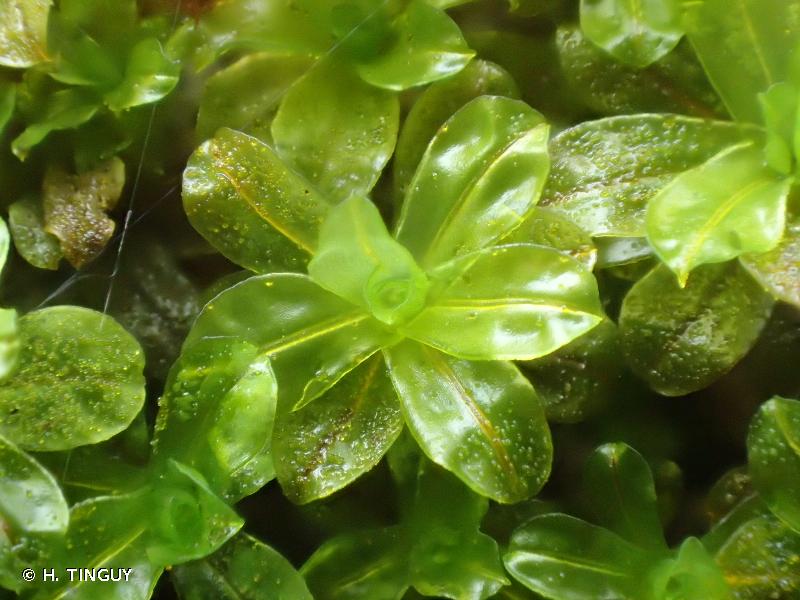
image from: https://inpn.mnhn.fr/espece/cd_nom/434234
Global Distribution and Habitat
This moss species has a cosmopolitan distribution, meaning it can be found on almost every continent, from the Arctic to the tropics. It thrives in a wide range of habitats, including rock outcrops, soil, tree bark, and even disturbed areas such as roadsides and urban environments. Its ability to tolerate desiccation and extreme temperatures makes it a true survivor in harsh conditions.
Ecological Roles and Adaptations
Syntrichia latifolia plays a vital role in various ecosystems, contributing to soil formation, water retention, and providing microhabitats for other organisms. Its dense mats help stabilize soil and prevent erosion, while its ability to absorb and retain moisture creates favorable conditions for other plants and microorganisms.
One of the most remarkable adaptations of Syntrichia latifolia
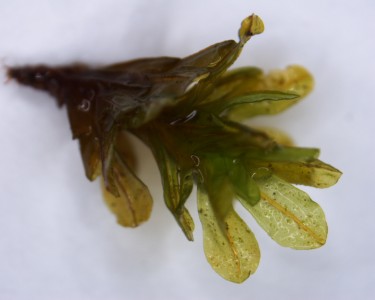
image from: https://blogs.ubc.ca/biology321/?page_id=4896
is its ability to undergo desiccation tolerance
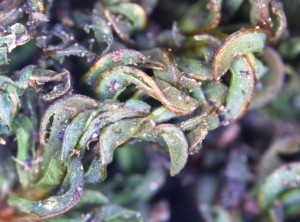
image from: https://blogs.ubc.ca/biology321/?page_id=4896
, a process that allows it to survive prolonged periods of drought by entering a state of suspended animation. When moisture becomes available, the moss can rapidly rehydrate and resume its metabolic activities, making it a true champion of resilience.
Case Studies/Examples
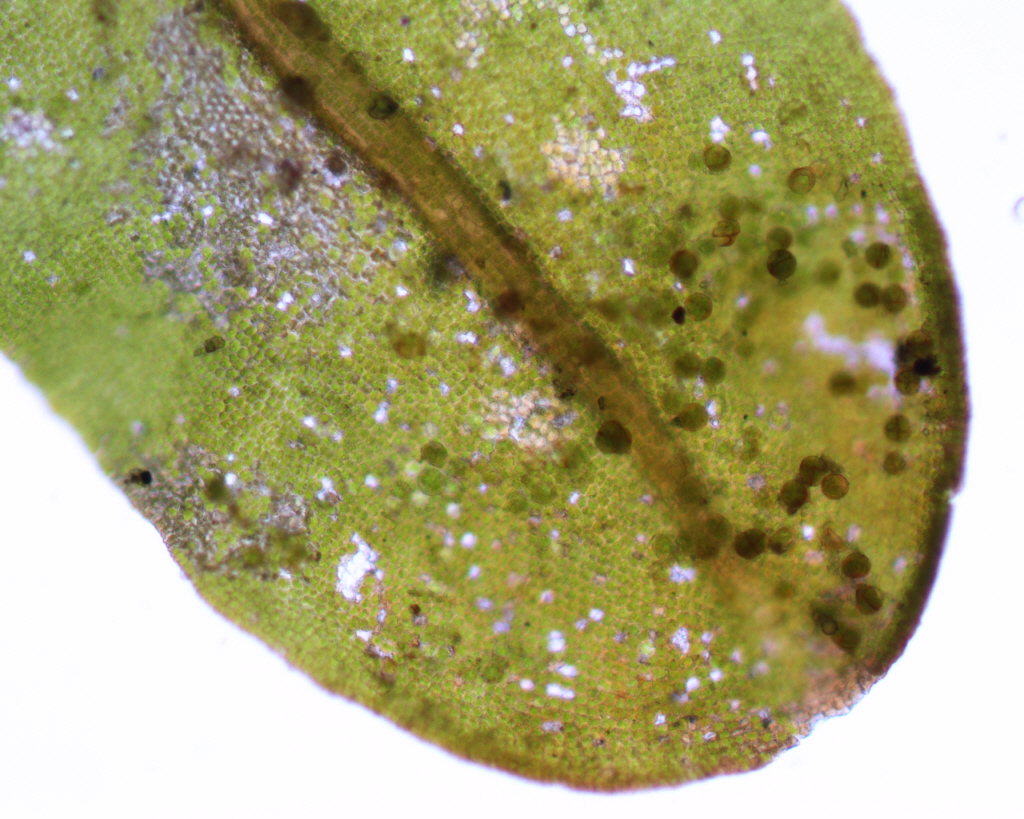
image from: https://blogs.ubc.ca/biology321/?page_id=4896
In urban environments, Syntrichia latifolia has been observed colonizing concrete surfaces, demonstrating its ability to thrive in human-made habitats. This moss has also been studied for its potential use in biomonitoring and as an indicator of environmental pollution, as it can accumulate heavy metals and other contaminants from the air and soil.
Technical Table
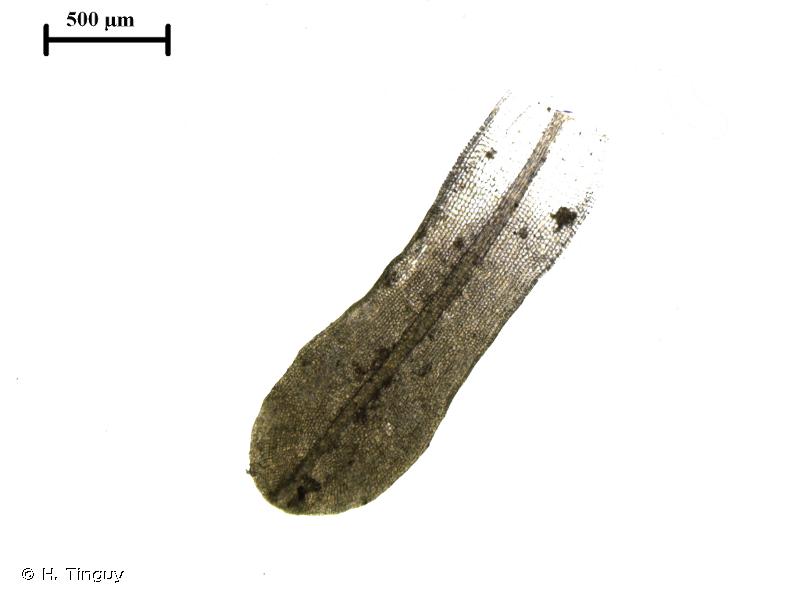
image from: https://inpn.mnhn.fr/espece/cd_nom/434234
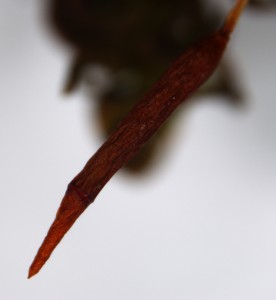
image from: https://blogs.ubc.ca/biology321/?page_id=4896

image from: https://inpn.mnhn.fr/espece/cd_nom/434234
| Characteristic | Description |
|---|---|
| Family | Pottiaceae
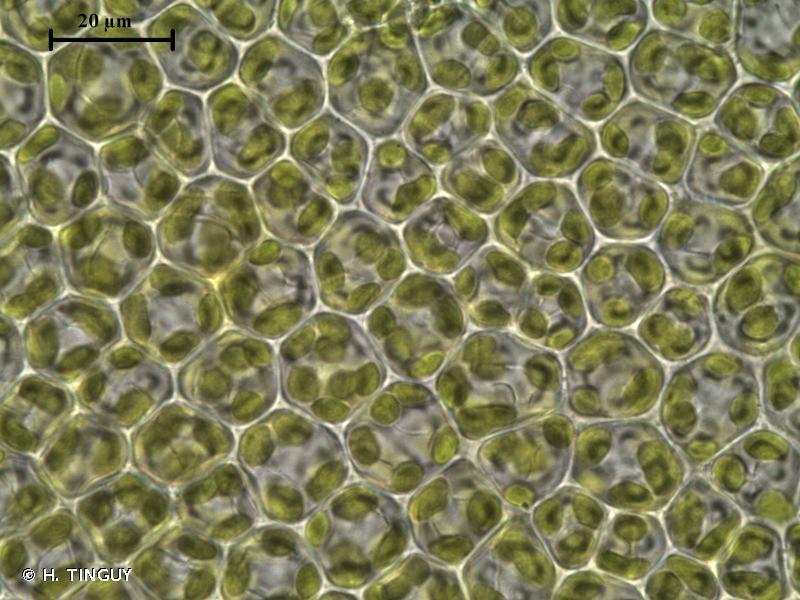 image from: https://inpn.mnhn.fr/espece/cd_nom/434234 |
| Genus | Syntrichia |
| Species | Syntrichia latifolia (Bruch ex Hartm.) Huebener |
| Growth Form | Acrocarpous, cushion-like tufts or mats |
| Leaf Shape | Lanceolate to ovate-lanceolate |
| Leaf Apex | Hyaline hair-point |
| Sporophyte | Short, reddish-brown setae |
| Capsule | Cylindrical, erect |
| Distribution | Cosmopolitan |
| Habitat | Rock outcrops, soil, tree bark, disturbed areas |
| Adaptations | Desiccation tolerance, rapid rehydration |
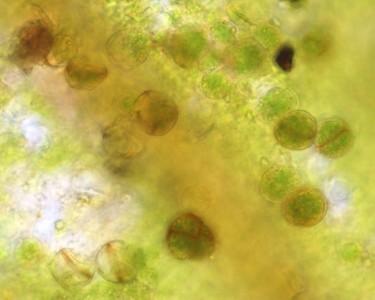
image from: https://blogs.ubc.ca/biology321/?page_id=4896